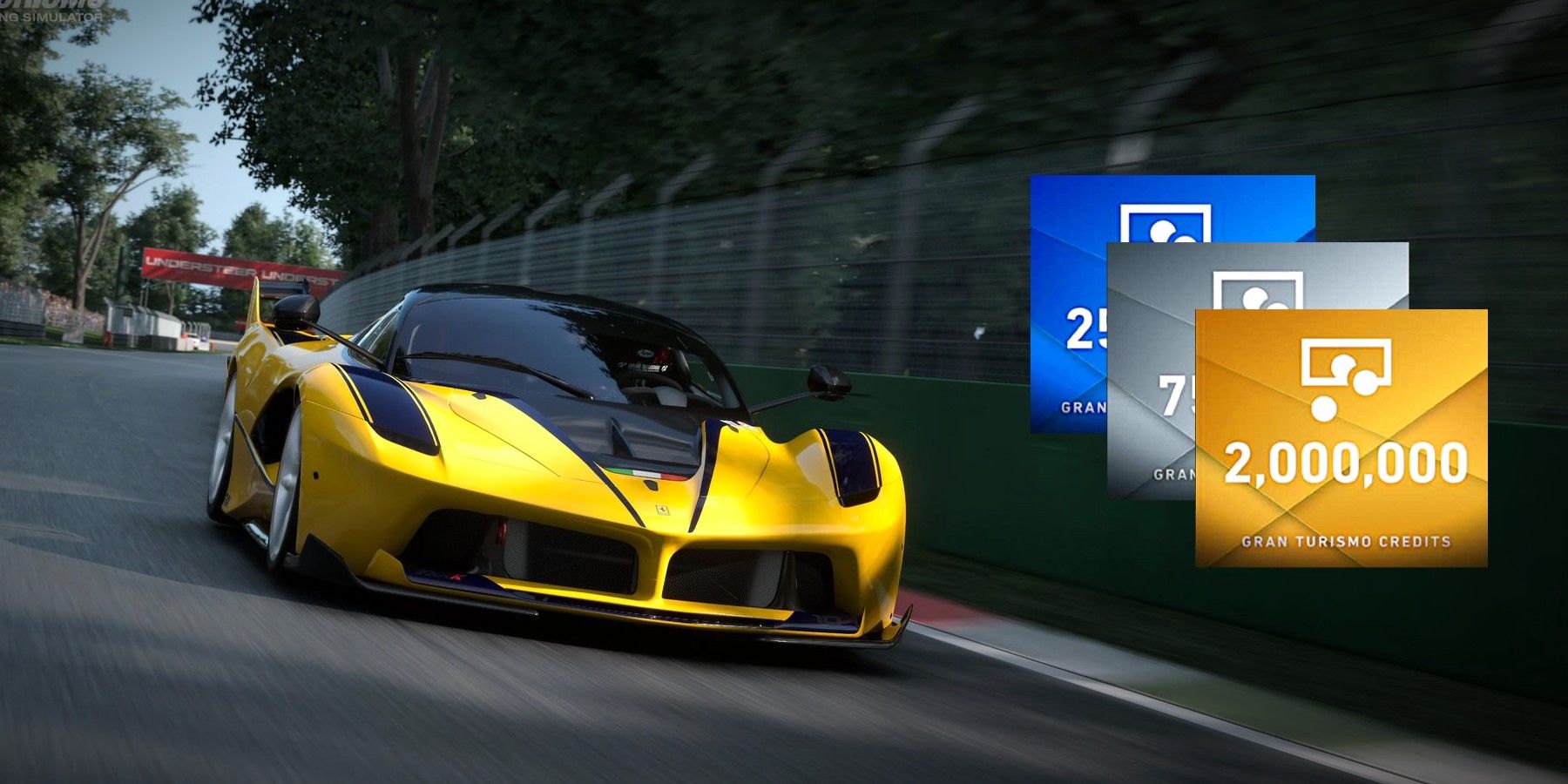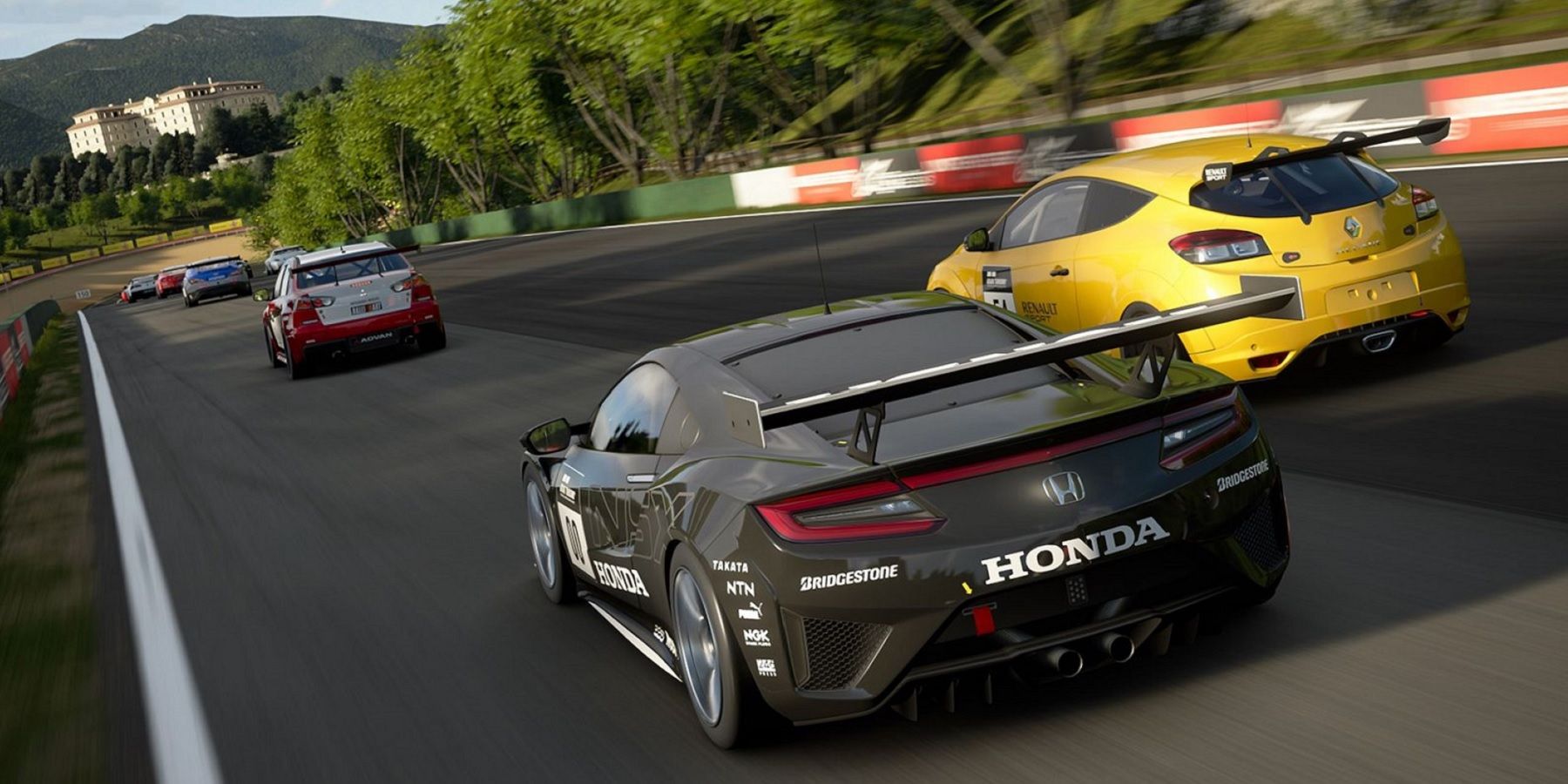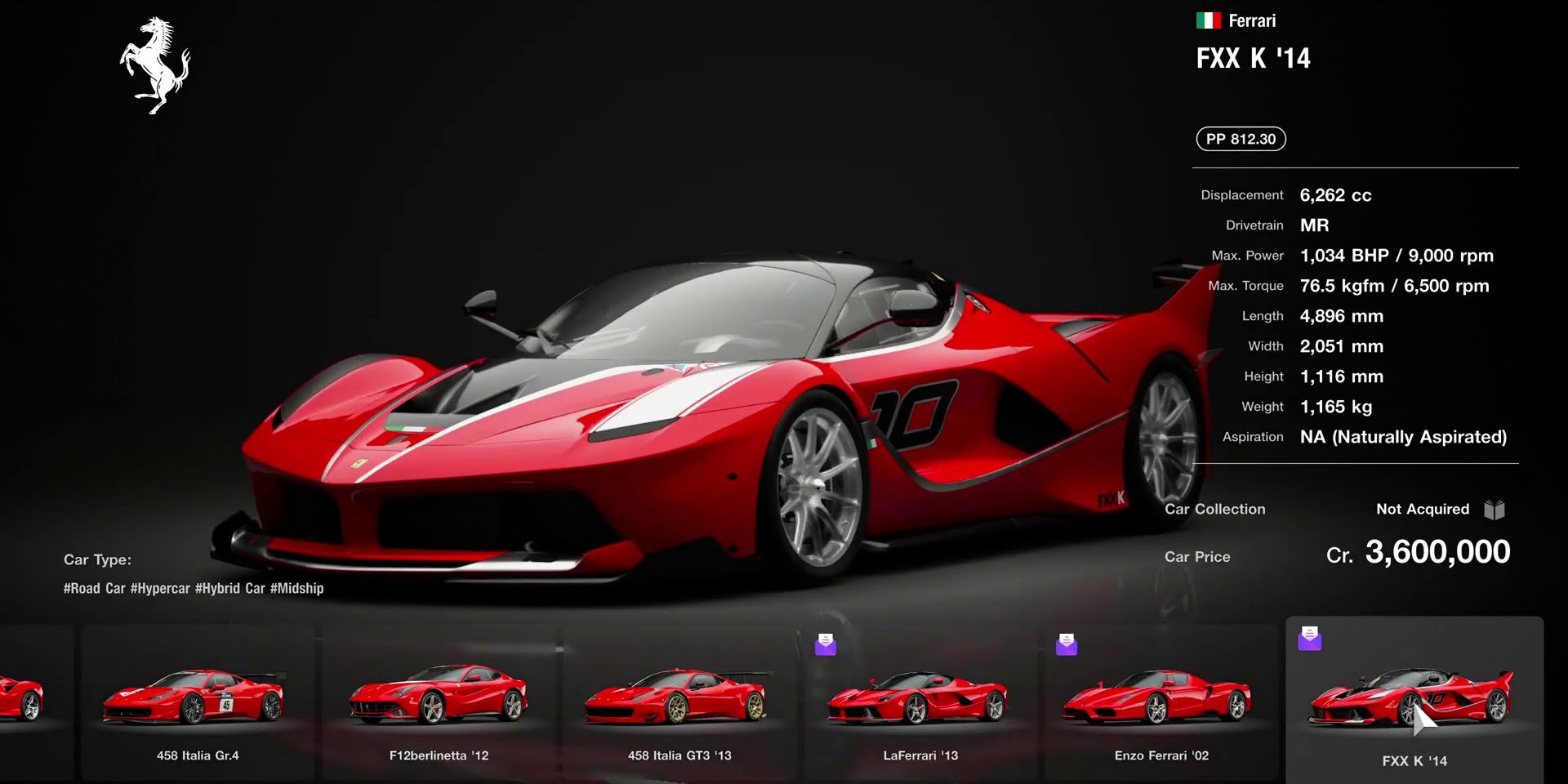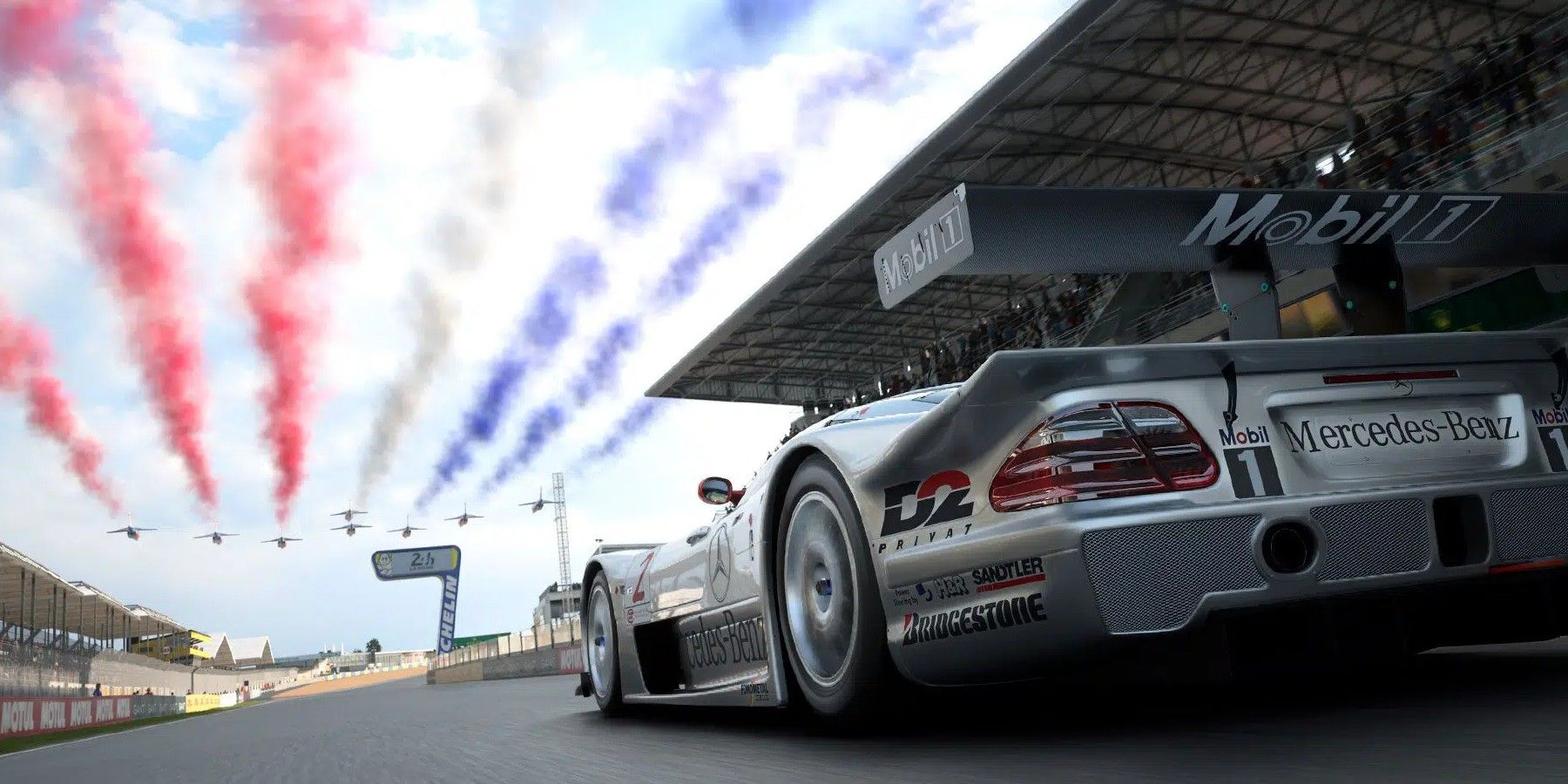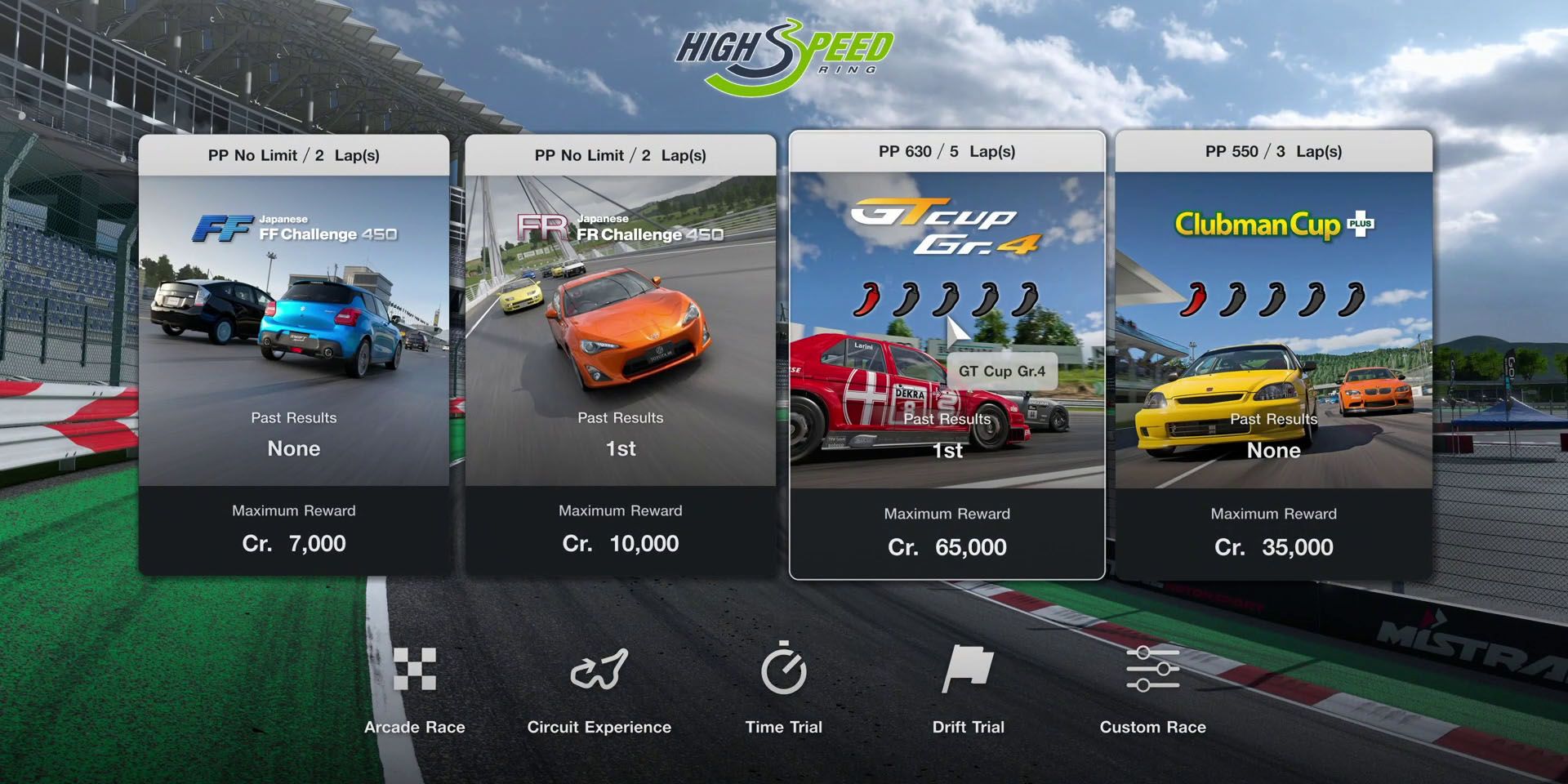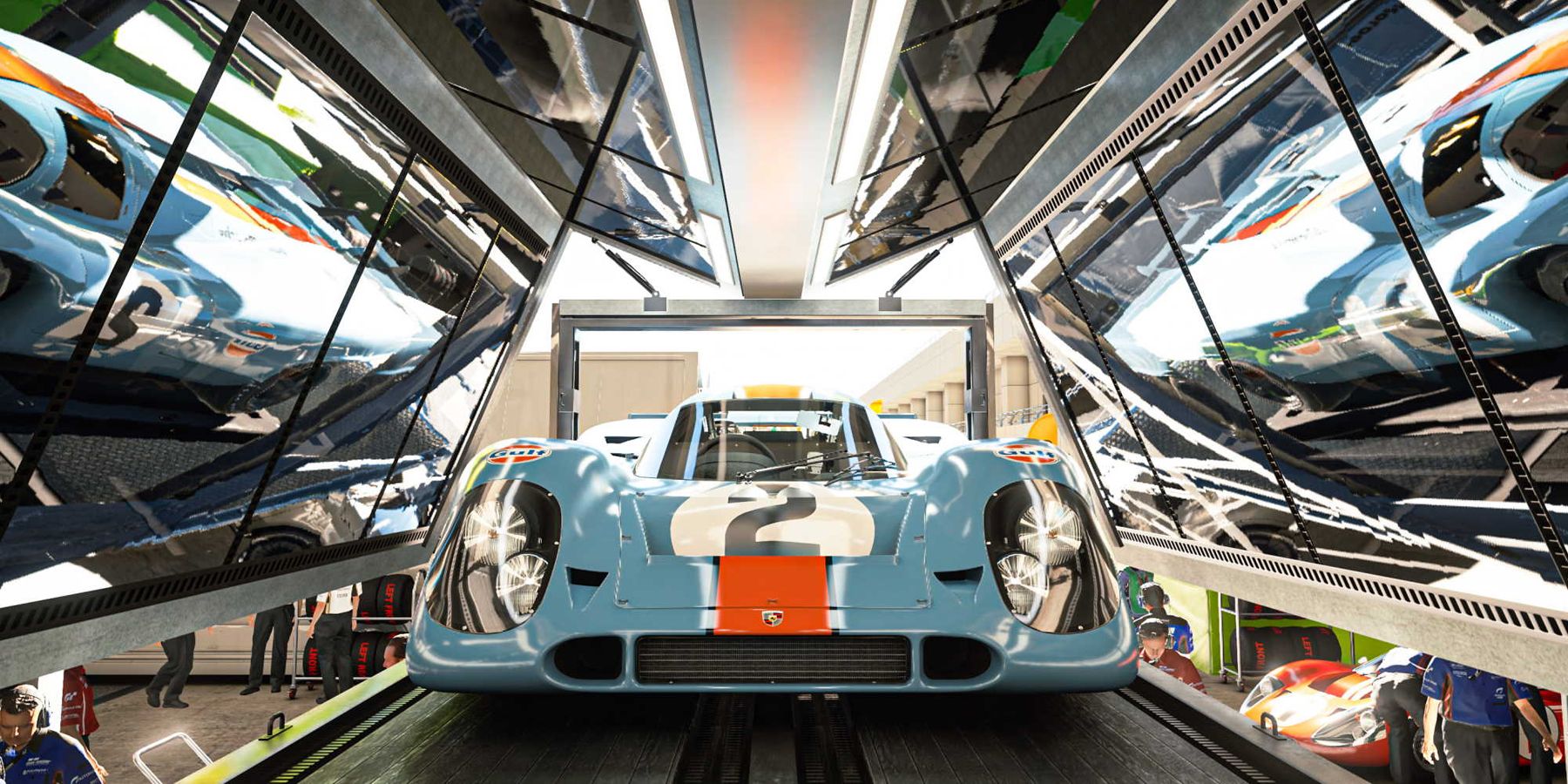During the run-up to Gran Turismo 7’s launch on PS4 and PS5, things were looking good for Polyphony Digital. Having experienced the polarizing installments, it appeared as though fans were going to be treated to the racing game they'd spent a decade clamoring for. Reviews for the return of the ‘Real Driving Simulator’ reinforced this, as critics heaped praise on the studio for the things that it got right. However, ever since the game’s launch at the start of March, things have soured dramatically.
Thanks to the prevalence of the game’s microtransactions, the atmosphere surrounding Gran Turismo 7 has undergone a metaphorical u-turn. As it stands right now, the latest entry in the franchise has the all-time lowest user score of any PlayStation first party title on Metacritic. Unlike some of the other games that have been review bombed recently, it has to be said that most of the criticism coming Polyphony Digital’s way is more than justified.
Polyphony’s Microtransactions
While there are multiple reasons why fans are upset with Gran Turismo 7’s microtransactions, these feelings can be traced back to how Polyphony Digital chose to implement them. During the game’s promotional campaign there was little talk of the cash-for-credit system from the studio. Due to the fact that Gran Turismo 6 and Sport featured unobtrusive microtransactions, this silence led fans to assume that the new system would operate similarly. As a result, discourse surrounding the game in the run-up to its launch was mostly positive. Crucially, though, no one was able to test the game’s microtransactions or judge them before thousands of pre-orders and sales were fulfilled. Polyphony Digital’s decision to activate GT7’s microtransactions on its launch day has subsequently left many feeling like they’d been deceived by the studio.
The Price of Microtransactions
Based on the franchise's history, it's feasible that the negative discourse surrounding Gran Turismo 7 would've died down over time if their unexpected arrival was the only thing that had upset fans. Even though the last two entries in the franchise featured the concept, both were still able to build dedicated fan-bases. However, from just a quick glance, it becomes obvious that Gran Turismo 7’s microtransactions take things to a whole new level.
From a monetary perspective, Gran Turismo 7’s 4 microtransaction tiers are far pricier than those in GT6. While the options start out at 100,000 credits for $2.49, things spike upwards from there to $19.99 for 2,000,000 credits. The GTPlanet fan site has estimated that Polyphony Digital is now asking for an extra 0.3¢ per 1,000 credits, in comparison to what it did in the past. Even though that amount of inflation might look small on paper, it quickly adds up in practice.
To reach Gran Turismo 7’s 20 million credit limit, players need to fork out $214 of their real-world money. With most having spent $69.99 to buy the game in the first place, fans are justifiably upset at Polyphony Digital’s apparent desire to rinse even more money out of them. The fact that the PS5’s XMB menu advertises Gran Turismo 7’s microtransactions every time fans go past it means that the feature is also more prevalent than it was in the past.
Gran Turismo 7’s Economy
Unlike previous implementations of microtransaction within the franchise, from the outside it now looks as though Polyphony Digital has built Gran Turismo 7 specifically around its ability to promote them. This has become a prevailing thought amongst fans in the aftermath of the game’s first major post-release patch. While GT7’s downtown was a source of irritation for many, the fact that the studio has re-balanced its races was arguably an even more unsavory sight.
Following the release of patch 1.07, most of the races that fans had been grinding to earn money have had their reward payouts slashed dramatically. It’s now virtually impossible for anyone to earn 1 million credits from an hour of gaming. Re-balancing cars is one thing, but deliberately targeting the economy of the game to make it weaker like this raises serious alarm bells.
Polyphony Digital’s Response
Making it harder for Gran Turismo 7 players to earn money suggests that Polyphony Digital is attempting to force them towards its microtransaction solution. Comments from GT’s creator, Kazunori Yamauchi, haven’t really helped to ease fan concerns on that matter. His assertion that the patch was designed to cut out grinding doesn’t take into account how the game has been designed. Right now, there’s only a limited number of race options available to players, as Gran Turismo 7’s GT Cafe mode ends after Menu Book 39.
In terms of singleplayer content, there’s currently no way for players to properly race the game’s futuristic Vision Gran Turismo concept cars, for example. While these vehicles can technically be used in lower category races, the restraints that are put on them take away all of their charm. Regardless of the money they get at the end of each race, fans are going to have to grind because there’s simply not enough content in the game right now.
Polyphony Digital has promised that more content will eventually be added to the game. Even though the studio has delivered on similar promises in past Gran Turismo games like 5, 6, and Sport, asking people to be patient right now comes across as somewhat dismissive and insensitive. Having scored so many metaphorical own goals in the past, there’s a sense among fans that the studio should have been more careful to avoid making this kind of mistake.
GT7’s Expensive Cars
What hasn't helped Polyphony Digital is the way in which the studio has placed some of Gran Turismo 7’s cars on a pedestal. Among the 425 vehicles included at launch, a number have been classified as legendary cars with price tags that exceed six figure sums. It’s not uncommon for most to subsequently come close to the game’s 20 million credit limit. These tend to be the most famous cars for added measure, too, such as the Jaguar XJ13 and Ford MkIV.
Having to earn high amounts of money to buy these cars while being faced with microtransactions would be bad enough by itself. However, Polyphony Digital has made some design decisions that have exacerbated things. These cars are now more elusive than ever thanks to the fact that they are only occasionally available. Some are only purchasable for a limited time by invitation, whilst others pop up in Gran Turismo 7’s Legend Car Dealership randomly. Both options come with significant time and monetary strings attached to them, as most players won’t be able to earn enough money through regular gameplay before they’re gone again.
In an attempt to justify these mechanics, the studio has partnered with Hagerty, a real-world company that specializes in evaluating prestigious vehicles. Based on its recommendations, Polyphony Digital will raise and lower the price of its virtual cars within the Legend Car Dealership in reaction to real-world events. Beyond the fact that this concept arguably has no place within a medium designed to offer escapism, due to everything previously mentioned, fans have speculated that the team-up is actually an attempt to reinforce the game’s cash-for-credit system.
Gran Turismo 7 is out now for PS4 and PS5.

